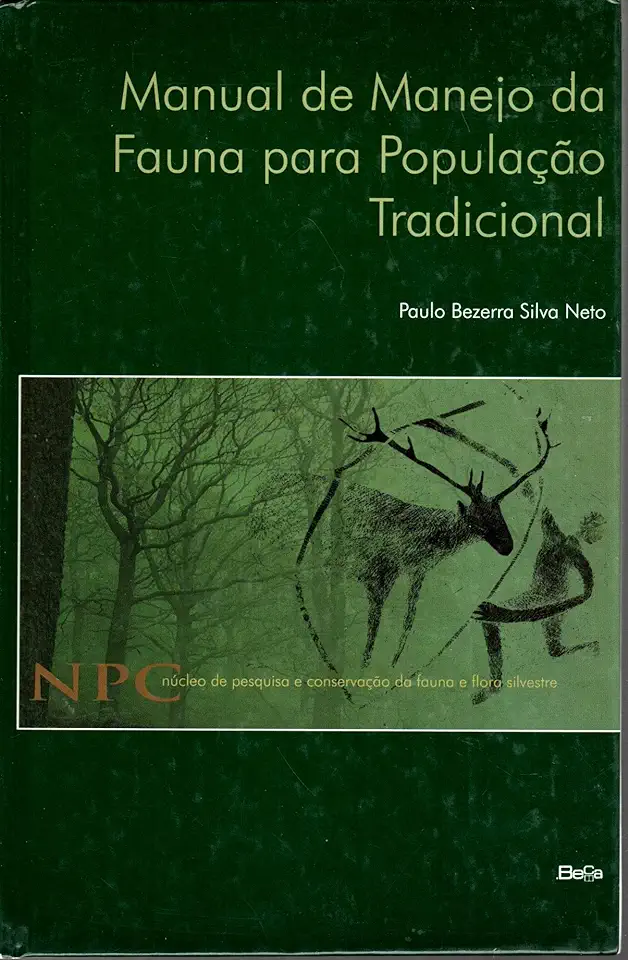
Wildlife Management Manual for Traditional Populations - Paulo Bezerra Silva Neto
Wildlife Management Manual for Traditional Populations: A Comprehensive Guide to Sustainable Conservation Practices
Introduction
The Wildlife Management Manual for Traditional Populations is a comprehensive and practical guide to sustainable conservation practices for indigenous and traditional communities. Written by Paulo Bezerra Silva Neto, a renowned expert in wildlife management and conservation, this manual provides a wealth of knowledge and insights into managing wildlife resources in a way that respects and supports the cultural practices and livelihoods of traditional populations.
Key Features
Comprehensive Coverage: The manual covers a wide range of topics related to wildlife management, including wildlife biology, habitat management, hunting and fishing practices, human-wildlife conflict mitigation, and community-based conservation initiatives.
Practical Approach: The manual is written in a clear and accessible style, with a strong emphasis on practical applications. It provides step-by-step instructions, case studies, and real-world examples to help readers understand and implement effective wildlife management strategies.
Cultural Sensitivity: The manual recognizes the importance of cultural diversity and the unique challenges faced by traditional populations in wildlife management. It emphasizes the need for respectful and collaborative approaches that incorporate traditional knowledge and practices into conservation efforts.
Sustainability Focus: The manual promotes sustainable wildlife management practices that ensure the long-term viability of wildlife populations while supporting the livelihoods and cultural traditions of traditional communities.
Community Engagement: The manual highlights the importance of community engagement and participation in wildlife management. It provides guidance on building partnerships, fostering collaboration, and empowering local communities to take ownership of conservation initiatives.
Benefits of the Manual
Empowerment of Traditional Communities: The manual empowers traditional communities to manage their wildlife resources sustainably, ensuring their cultural practices and livelihoods are respected and supported.
Conservation of Biodiversity: The manual provides practical tools and strategies to conserve biodiversity and protect wildlife habitats, contributing to the overall health and resilience of ecosystems.
Mitigation of Human-Wildlife Conflict: The manual offers effective strategies to mitigate human-wildlife conflict, reducing the risks to both wildlife and human communities.
Sustainable Livelihoods: The manual supports the development of sustainable livelihoods for traditional communities, ensuring their economic well-being while minimizing the impact on wildlife populations.
Cultural Preservation: The manual recognizes the importance of cultural preservation and encourages the integration of traditional knowledge and practices into wildlife management, fostering a sense of pride and ownership among traditional communities.
Conclusion
The Wildlife Management Manual for Traditional Populations is an essential resource for anyone interested in sustainable conservation practices, particularly in the context of traditional communities. Its comprehensive coverage, practical approach, cultural sensitivity, sustainability focus, and emphasis on community engagement make it an invaluable tool for wildlife managers, conservationists, policymakers, and community leaders. By embracing the principles and strategies outlined in this manual, we can work together to ensure the long-term survival of wildlife populations and support the well-being of traditional communities.